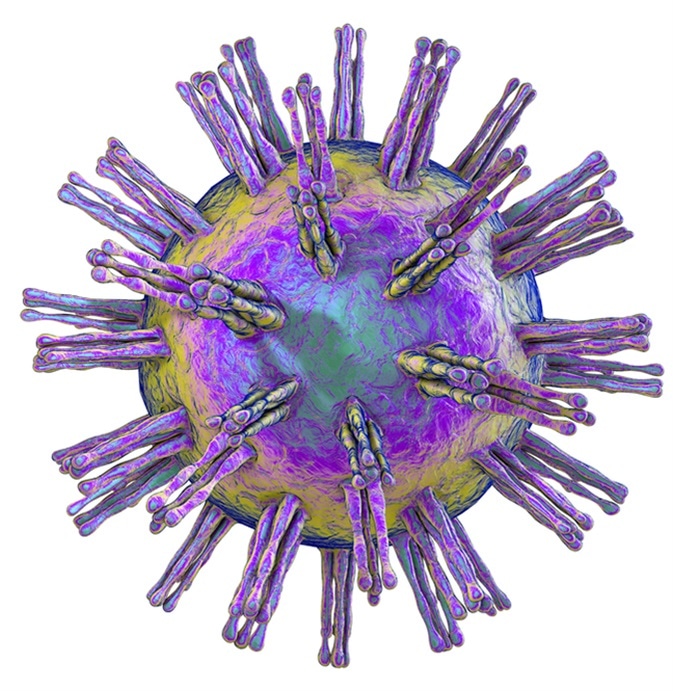For The Latest Medical News, Health News, Research News, COVID-19 News, Pharma News, Glaucoma News, Diabetes News, Herb News, Phytochemical News, Thailand Cannabis News, Cancer News, Doctor News, Thailand Hospital News, Oral Cancer News, Thailand Doctors
Parkinson’s disease (PD) is a neurodegenerative disorder characterized by the progressive loss of function. With approximately 10 million people living with PD worldwide, it is one of the most commonly occurring neurodegenerative diseases. The majority of individuals with PD are older than 50 with only 4% being diagnosed at an earlier stage in life.
A decrease in dopamine is commonly observed in PD due to the gradual degeneration of dopaminergic neurons in the mid-brain.
Though PD is commonly associated with symptoms affecting motor function such tremors, there are a plethora of physical and psychosocial symptoms (the presentation of which generally occur before any motor symptoms) which can have an impact on the daily lives of those with the condition. It is not uncommon for symptoms such as muscle pain, low blood pressure, dementia and depression to be experienced.
Pinpointing the cause of PD has remained a challenge. However, research has found there to be a link between the dopamine and the development of PD. In the mid-brain, specifically in the substantia nigra, the death of dopamine producing cells has been associated with the onset of PD.
Dopamine plays an integral role in transmitting signals to areas of the brain that coordinate body movement. Lack of dopamine may cause the inability to control bodily movements characterized in PD.
Despite this research, there’s still an element of uncertainty surrounding the cause of PD. Microbial and viral associations to the onset of PD are often dismissed by members of the scientific community, further exploring the link between these potential causes and PD may have a beneficial impact for those living with the condition and the clinicians who dedicate themselves to understanding the pathology of PD.
Both herpes simplex virus (HSV) and herpes zoster (HZ) have been associated with PD. HSV is commonly known, and is thought of as the cause of epithelial blistering (cold sores) and can cause sexually transmitted infections.

HSV can be sub-categorized into two groups – HSV1 and HSV2. HSV1 is the cause of chronic infection, with periods of dormancy and acute infection. It resides in sensory ganglia which innervate both the central nervous system (CNS) and the brainstem.
Some of the defining features of PD pathology are found in the CNS and therefore establishing whether there is a link between the two diseases could potentially lead to interesting lines of research.
Herpes simplex encephalitis is a rare condition caused by the entry of HSV1 into the CNS. It was previously thought to be a fatal condition however, more recent studies have shown that the condition may not lead to mortality in its sufferers.
Through post-mortem examinations, HSV1 DNA has been found in the brains of Alzheimer’s patients. Though there is little evidence to show its presence in the brains of those with PD. However, the presence of HSV1 in DNA is thought to be associated with increased age – the demographic most affected by PD are the elderly. As people age, the potential for their blood-brain barrier to be compromised increases, allowing for HSV1 to enter the CNS.
Post-mortem analyses of patients with PD show that chronic neuroinflammation is a highly recognizable trait of PD pathology.When HSV1 crosses the blood-brain barrier, CD8+ T cells work to prevent HSV1 reactivation, it has been suggested that this action leads to chronic inflammation.
α-Synuclein is neuronal protein thought to have disruptive effects on neuronal death and cell homeostasis. The protein potentially has deleterious effects on neighboring cells leading to the propagation of PD.
Studies have shown cross-reactivity between HSV1 and α-Synuclein, the consequence of this is that immune cells are triggered, resulting the hallmark neuroinflammation observed in PD patients.
Autophagy is a process that deals with cell destruction in the body and is essential for the maintenance of cellular homeostasis and for non-replicating cells like neurons. It may provide a defense against viral replication and spread without triggering cell death. HSV1 mediated disruption of autophagy results in the accumulation of misfolded and aggregated proteins, however, further study is required to ascertain whether this results in α-Synuclein aggregation.
HZ affects nerve tissue but manifests in a variety of ways but it thought to result from the reactivation of dormant varicella-zoster virus (ZVZ) caused by the degeneration of cell-mediated immunity. A common example of this is in Chickenpox which is caused by ZVZ and typically affects children.
The virus can also cause shingles in adults, where the latent varicella virus is reactivated causing its sufferers, who are generally elderly, to experience severe pain, fever and malaise. Though a great deal is known about HZ’s relationship with these diseases, little is known about its link to PD.
In PD, due to neuroinflammation and a decrease in function in dopaminergic neurons, changes in immune functioning can occur. Similar inflammation and immunological changes in HZ suggests that a possible link between the diseases may exist particularly in elderly patient demographics.
A 2017 cohort-based study has observed an increase incidence of PD in patients aged over 65 with HZ. This was particularly prevalent within the first 3 months of developing HZ, suggesting that despite the scarcity of studies in this area, clinicians should try to ensure that elderly patients with HZ are assessed for PD, particularly within the early months of contracting the disease.
There are clear, intriguing parallels between the pathology of herpes virus and PD. Future studies should work to further investigate how strong these links are.